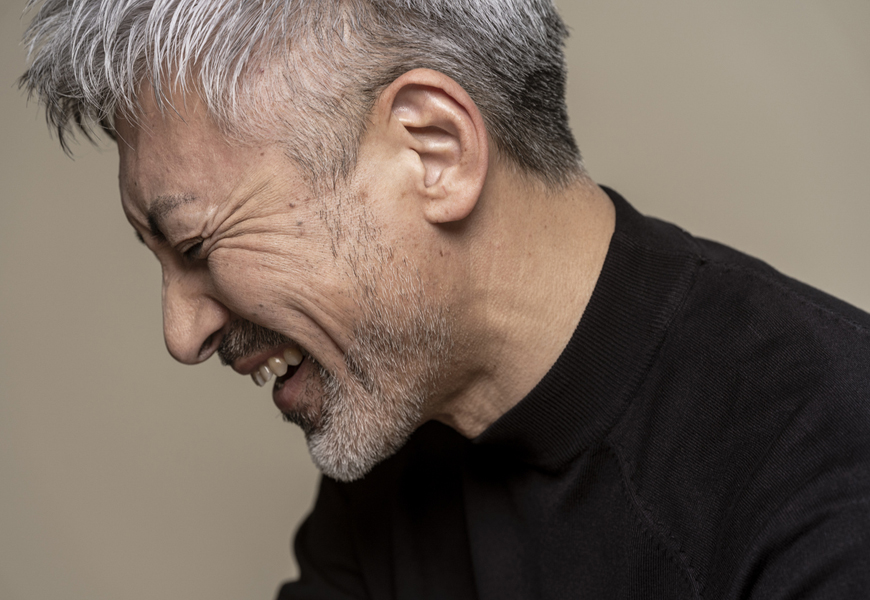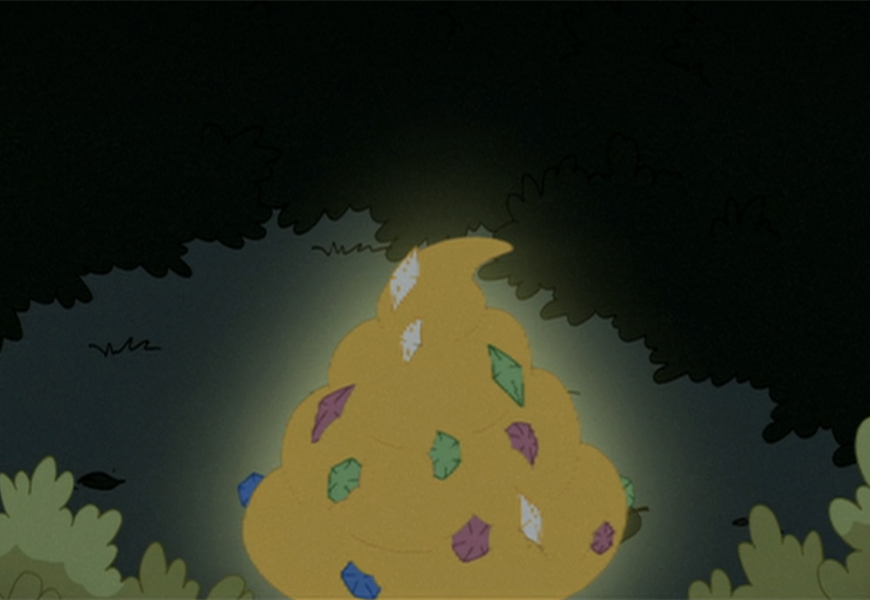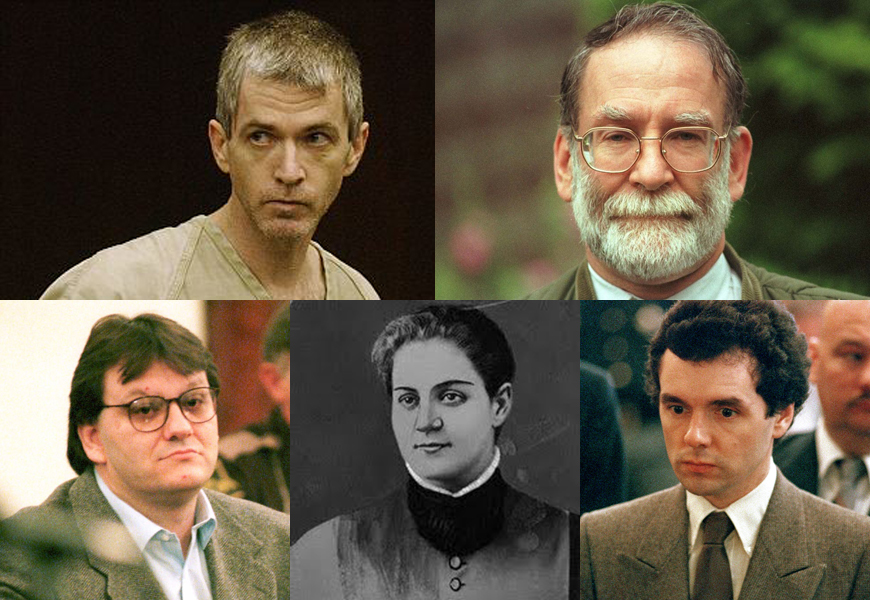Have you ever caught your reflection and thought, “When did my ears get so big?” or “Why does my nose seem to command more attention than it used to?” At first glance, it might seem like a bizarre quirk of aging, but there’s a fascinating interplay of biology, gravity, and time at work behind these changes.
Beyond the mirror: The real story of your cartilage
While most of our bones stop growing once we hit adulthood, the cartilage in our ears and nose is an entirely different story. Unlike bone, cartilage is flexible and lacks a rigid structure that ceases growing at a predetermined point in life. Instead, this connective tissue gradually loses elasticity as it ages. Over the years, the supportive proteins—like collagen and elastin—break down, leading to subtle shifts in shape and form. This process gives the impression that these features are continuously enlarging, even though it’s really about the soft tissues transforming over time.
The science of subtle change
Recent insights into the aging process have illuminated that what we’re witnessing isn’t explosive new growth, but rather a slow, transformative shift. Medical studies have observed that the earlobes tend to elongate over decades, a phenomenon that may be linked not only to the degradation of collagen but also to repetitive movements like the weight of earrings. Similarly, the nose—primarily composed of cartilage—may appear more pronounced as the skin loses its firmness and elasticity. It’s not that new tissue is being added; rather, the tissues are reshaping and repositioning themselves. Think of it as a gradual reconfiguration, where the effects of time are subtly chiseled into your features.
Gravity: The unseen artist
Imagine gravity as a patient, persistent sculptor. Every day, gravity tugs at the soft tissues of your face, nudging them ever so slightly downward. Over the years, this constant pull can cause the cartilage in your ears and nose to droop, reinforcing the illusion of growth. It’s the same force that gives us wrinkles and sagging skin, serving as a constant reminder that time leaves its mark in many small ways. While we can’t fight the laws of physics, understanding gravity’s role helps demystify these natural changes.
Environmental and lifestyle influences
It’s important to recognize that lifestyle and environmental factors also play a significant role in the aging process. Sun exposure, for instance, can accelerate the breakdown of collagen, potentially hastening the loss of elasticity in facial tissues. Similarly, habits such as smoking or poor dietary choices can exacerbate the natural decline in skin firmness. On the flip side, a healthy lifestyle that includes a balanced diet rich in antioxidants, regular exercise, and proper skincare can help slow these changes. While we can’t stop the clock, taking care of our skin and overall health might help maintain a youthful appearance longer.
A historical perspective on aging
Throughout history, different cultures have observed and interpreted these changes in various ways. In some societies, the elongation of ears or the reshaping of the nose was seen as a sign of wisdom and experience—a visible record of a life filled with stories. In art and literature, these features have often been exaggerated to symbolize the passage of time and the accumulation of life’s experiences. Today, while modern medicine can explain the biological processes behind these changes, there remains a cultural fascination with how aging transforms our appearance and, by extension, our identity.
Embracing the evolution
It’s easy to view these changes as flaws or signs of aging to be corrected. However, consider them instead as a living record of your personal journey. Each slight shift in your features reflects a unique story of experiences, challenges, and triumphs. Aging is an intricate dance of biology and time—each new line and subtle alteration a testament to a life fully lived. Rather than striving for unattainable perfection, embracing these natural transformations can lead to a deeper appreciation of one’s individual history.
The final word
So, do your ears and nose grow as you age? In a sense, yes. The apparent growth isn’t a dramatic expansion but a gradual transformation driven by the natural aging process, environmental factors, and the relentless pull of gravity. Your body is a dynamic, ever-changing canvas that tells the story of your life. The next time you notice a subtle change in your reflection, remember that it’s not a flaw—it’s a sign of a rich tapestry of experiences woven into your very being.
Embrace these changes as badges of honor, markers of a journey filled with countless moments that have shaped who you are today. After all, each small detail is a tribute to the passage of time and the wisdom it brings.












